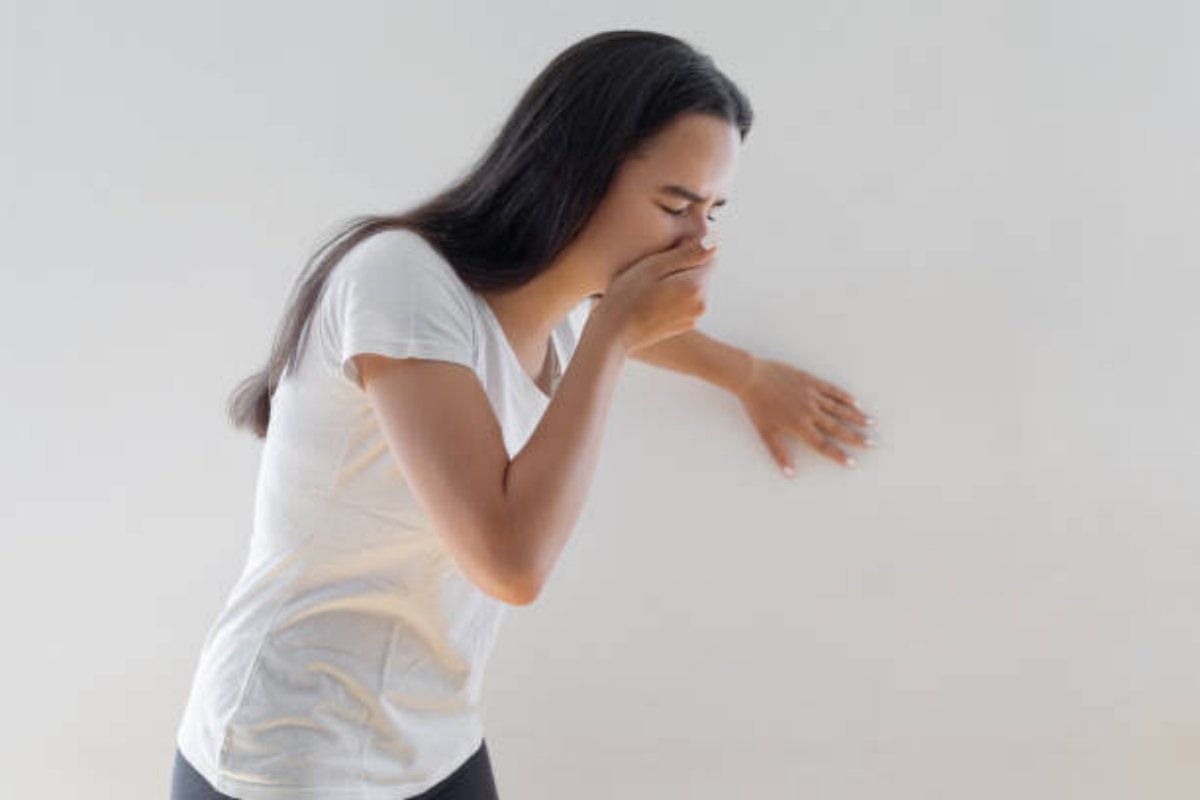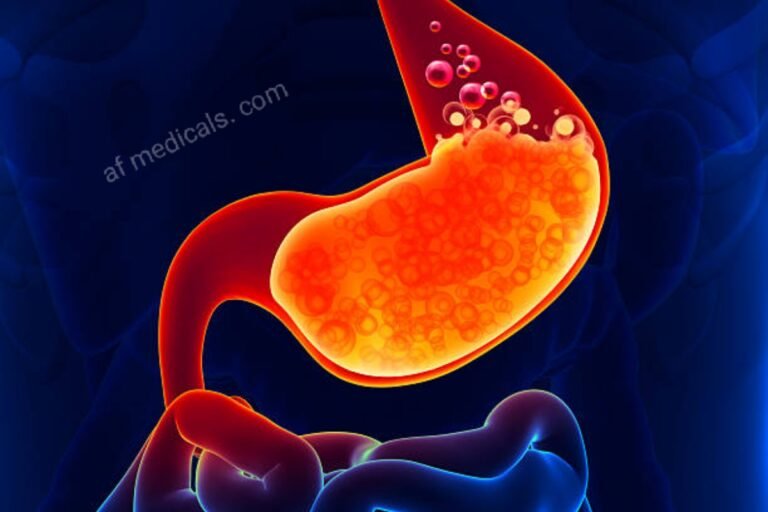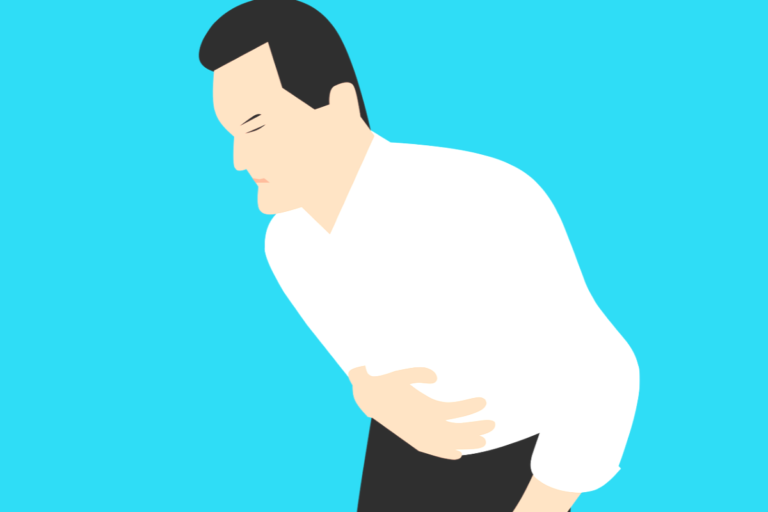Understanding and Managing Constipation: A Simplified Guide:
Understanding and Managing Constipation: A Simplified Guide:
This guide aims to explain the basics of constipation provide practical tips for improvement and guide you on where to find additional help.
What is Constipation?
Constipation occurs when bowel movements become infrequent and stool hardens, typically happening less than three times a week.Constipation is a frequent issue where passing stool becomes difficult or happens less often than normal. Symptoms of constipation include:
- Hard or lumpy stool
- Straining to have bowel movements
- Feeling like the bowel is not fully empty
Understanding Regular Bowel Movements
Brown soft stools and bowel movements once-daily to 3-4 times/week suggest good digestion. One irregularity is not a concern.
Being regular varies from person to person but generally includes:
- Being able to hold stool until reaching a toilet
- Beginning to pass stool only once seated on the toilet
- Feeling that the bowel has completely emptied after a movement
- Having bowel movements anywhere from three times a day to three times a week
Symptoms of Constipation
Several factors can lead to constipation such as:
- Low fiber intake
- Not drinking enough fluids
- Lack of exercise
- Certain medications, including painkillers
- Conditions like pregnancy, childbirth and specific abdominal issues that may need medical attention including prolapse
- Fewer than three stools a week.
- Hard, dry or lumpy stools.
- Straining or pain when passing stools.
- A feeling that not all stool has passed.
- A feeling that the rectum is blocked.
- The need to use a finger to pass stool.
Ideal Stool Appearance
Healthy stool should be:
- Light to dark brown in color
- Sausage-shaped
- Soft yet firm
- Smooth, easy to pass, and with minimal odor
Aiming for stool types that are soft and easy to pass similar to the third or fourth type on the Bristol Stool Chart is ideal.
For Improving Constipation
First to relieve constipation to increase your intake of fiber through your diet. Fiber varies but generally adults need 22 to 34 grams of fiber a day. There are two types: soluble and insoluble.
To alleviate constipation consider:
- Increasing your dietary fiber intake
- Drinking more fluids throughout the day
- Incorporating regular physical activity into your routine
- Reviewing your medications with a healthcare provider to identify any potential constipating agents
- Seeking medical advice for any ongoing abdominal issues or concerns about prolapse
Understanding these basic facts about constipation and following the suggested tips can help improve bowel regularity and overall digestive health. If problems persist reaching out for further medical assistance is advised to ensure optimal care and management.
Atomic Bits of knowledge into Blockage Pathophysiology:
Outline of Particle Channel Irregularities
Investigating how particle direct irregularities in the digestive tract impact emission, retention, motility and sensation prompting stomach related messes like obstruction looseness of the bowels and IBS.
Hereditary and Utilitarian Parts of Particle Channels:
Conversation on the particular particle diverts ensnared in useful entrail messes including voltage-gated sodium channels and particle trade channels and what hereditary transformations and different elements mean for their capability.
Connecting Particle Channel Brokenness to Clogging:
Show of exploration discoveries that partner transformations in voltage-gated sodium channels with stoppage featuring the requirement for additional examinations to lay out causality.
Bile Acids and Their Part in Solid discharges:
Examination of how varieties in waste bile corrosive fixations can impact solid discharges in IBS patients investigating both the possible essential aggravations and auxiliary consequences for colon travel.
Helpful Ramifications of Bile Corrosive Levels:
Thought of how changing bile corrosive levels either through dietary means or clinical intercession could offer new systems for overseeing clogging and related conditions.








